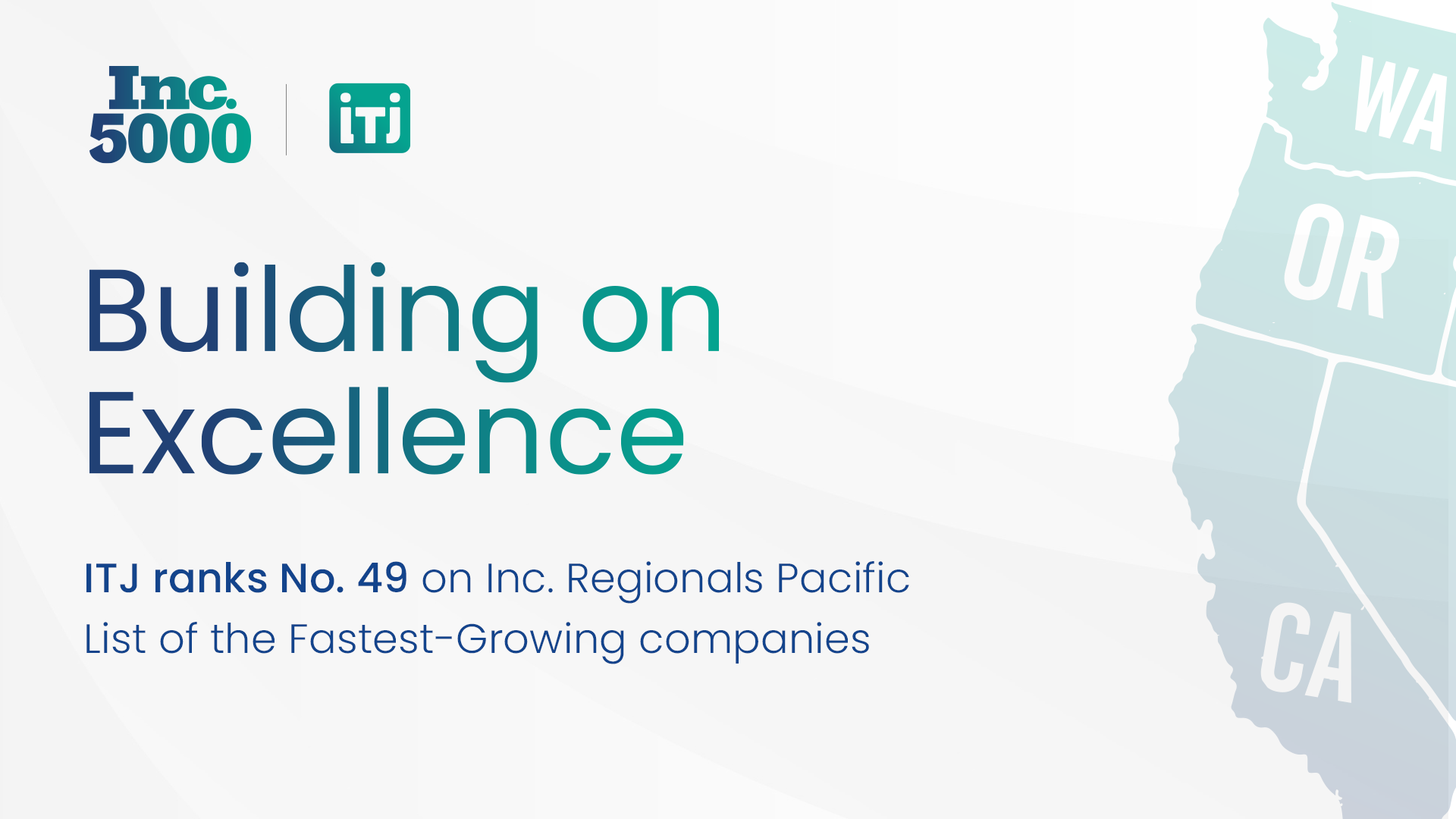Software development patterns have permanently changed, but the current epidemic has accelerated the process. As a result, shortly, what appears to be an accepted approach in software development may no longer be so.
Tech company owners must be well-informed on where the software industry is headed and strategize accordingly. Technology, customer behavior, and other underlying variables all impact software development.
And the most influential software development trends for 2022 are:
1. Cybersecurity is a priority
Cybersecurity needs a new approach. Entrepreneurs cannot afford to take cybersecurity for granted as the world grows more digitally linked. By 2021, ransomware assaults would cost organizations an incredible $6 trillion.
In terms of cybersecurity, companies will emphasize frequent review and modernization of their systems and technological stack, starting with cybersecurity mesh. Cybersecurity mesh is a place on the app where security measures are implemented and tested for each distributed network access module. DevOps teams use this method to integrate security testing throughout development to verify that no vulnerabilities exist.
Malicious attackers are employing more sophisticated tactics, needing a cybersecurity mesh throughout the construction. As a result, businesses must adopt a different strategy to address cybersecurity issues. Methods such as constructing a perimetric ‘firewall’ or installing an anti-malware tool are no longer adequate.
2. Use Software Outsourcing to Tap Into the Right Experts
More and more businesses consider software outsourcing a more appealing option than establishing an in-house team. According to this study, cost reduction is a primary reason for outsourcing by 70% of those polled.
Startups, in particular, stand to benefit significantly from outsourcing their software development needs to an outside development firm. The move enables startup owners to access proven skills and experience without incurring salary, and IT costs. In addition, if the startup founder isn’t ready to take on the CTO role, outsourcing is a better option than hiring freelancers.
Companies such as Skype and Whatsapp outsource a portion of their development to third-party software firms. The move enables them to hire the right talent at a fraction of the cost of in-house recruitment.
As a trusted partner in building the Americas’ most refined software engineering teams, ITJ is a perfect example of such a provider of experts for developing a nearshore plan for your business. For more information about our work, you can visit our website www.itj.com.
3. Use of Infrastructure as Code (IaC)
The IaC benefits include easier cloud-native adoption, traceability, deployment of similar configurations, and higher efficiency. All this during the entire software development lifecycle, which makes us anticipate that IaC adoption will increase next year.
Speed is key. Infrastructure as code allows you to execute a script to build up your whole infrastructure swiftly. You can accomplish this quickness for every environment, from development to production, and everything in between, including staging, QA, etc. IaC can improve the efficiency of the entire software development lifecycle.
You can deploy your infrastructure architectures in stages using infrastructure as code since it improves the efficiency of the entire software development life cycle, allowing the team to achieve new productivity levels.
Programmers might use IaC to design and launch sandbox environments, allowing them to work safely in isolation. The same can apply to QA specialists, who conduct their tests in exact replicas of the production environments. Finally, when it’s time to deploy, you can do it in one step, pushing both infrastructure and code to production.
4. Adoption of cloud-native technologies and remote operations
We can have a container-based system with cloud-native, where services are distributed as micro-services and run in containers. This container method can boost speed and efficiency, allowing businesses to respond swiftly to market developments.
One of the key variables influencing app development trends is cloud technology. While cloud computing isn’t a new concept, the way it has been deployed in a dispersed fashion has improved the user experience.
In 2020, approximately 83% of businesses’ workloads will be hosted in the cloud. In 2021, the global market for video streaming apps based on distributed cloud technology is anticipated to reach $59.14 billion.
Rather than hosting backend services on a single cloud server, companies should use a distributed cloud topology, in which services are hosted across multiple cloud providers and locations.
The distributed cloud’s immediate benefit is felt when programs continue to function even when one of the servers fails. Service disruption is avoided thanks to high availability, and data loss is avoided thanks to cloud redundancy capabilities.
5. The rise & rise of Low-code or No-code
Low-code and no-code development have already been dubbed the “second digital transformation.” By 2025, low-code or no-code technologies will be used in 70% of new applications developed by organizations, up from 25% in 2020.
How to optimize cost and efficiency with low-code development? Companies can use a low-code product to create applications with minimal coding. It uses a flowchart, drag and drop tools, and a visual interface to simplify an otherwise time-consuming. In addition, with low-code development tools, businesses can easily integrate business logic into an app.
The concept of creating apps with little or no coding has gained traction in recent years. Low-code development markets are expected to generate $187 billion in revenue by 2030. Low-code development is preferred by 45 percent of businesses because it reduces reliance on skilled experts.
Low-code development is ideal for startup founders who want to utilize business ideas quickly and test them with users. In addition, changes to requirements can be implemented rapidly and affordably using low-code tools.
6. Internet Of Behavior (IoB) For Personalization
Expect software trends to shift toward personalization, particularly as the Internet of Behavior becomes more prevalent. The Internet of Behavior, or IoB, is a subset of the Internet of Things (IoT). IoB tracks and analyzes people’s behaviors as they interact with apps and devices in addition to gathering data from devices.
While IoB has yet to gain traction in the mainstream, Gartner predicts that by 2023, 40% of the global population will have their behaviors tracked. In addition, the data gathered through IoB helps create a personalized user experience.
Startups can learn about IoB in action by watching how YouTube displays personalized video feeds based on how users react. Similarly, Facebook employs the same strategy to show ads more likely to elicit user engagement.
About ITJ
ITJ is a trusted partner in building the finest software engineering teams in the Americas. For more information, visit www.itj.com.


